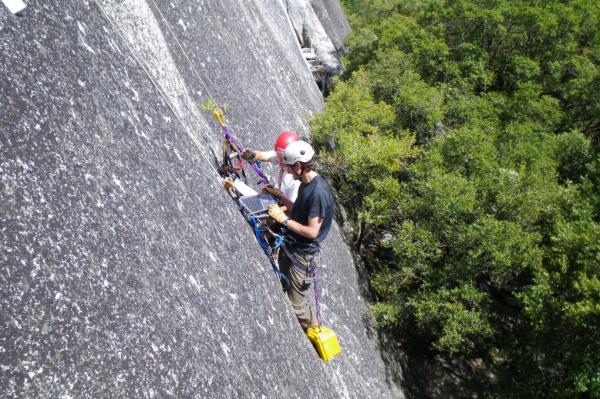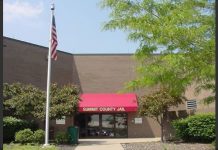
YOSEMITE, Calif., March 29 (UPI) — A number of factors can encourage rockfalls, and not all of them are easily monitored. Temperature, however, is easily measured, and new research suggests heat triggers rockfalls along the steep granite walls of California’s Yosemite National Park.
For the last three years, researchers with the National Park Service and U.S. Geological Survey have been monitoring the links between weather and rockfalls in Yosemite. Their data suggest rockfalls are more likely during the hottest time of the day during the hottest portion of the year.
In addition to monitoring rockfall frequencies, scientists measured deformation and temperature changes in granite slabs. They found heating and cooling during high summer causes slabs to shift and cracks to open and close by as much as half an inch during the day.
These movements can destabilize rock formations and encourage dangerous falls. The process is called exfoliation.
Researchers shared their findings in a new paper, published this week in the journal Nature Geoscience.
“Summertime rockfalls have been something of a mystery,” study co-author Greg Stock, Yosemite park geologist, said in a news release. “With this work we now have a plausible explanation for why they happen.”
“Our research provides clear evidence that thermal effects can move large slabs of rock and that these movements, over time, can lead to rock falls,” added Brian Collins, USGS geotechnical engineer and study co-author.





